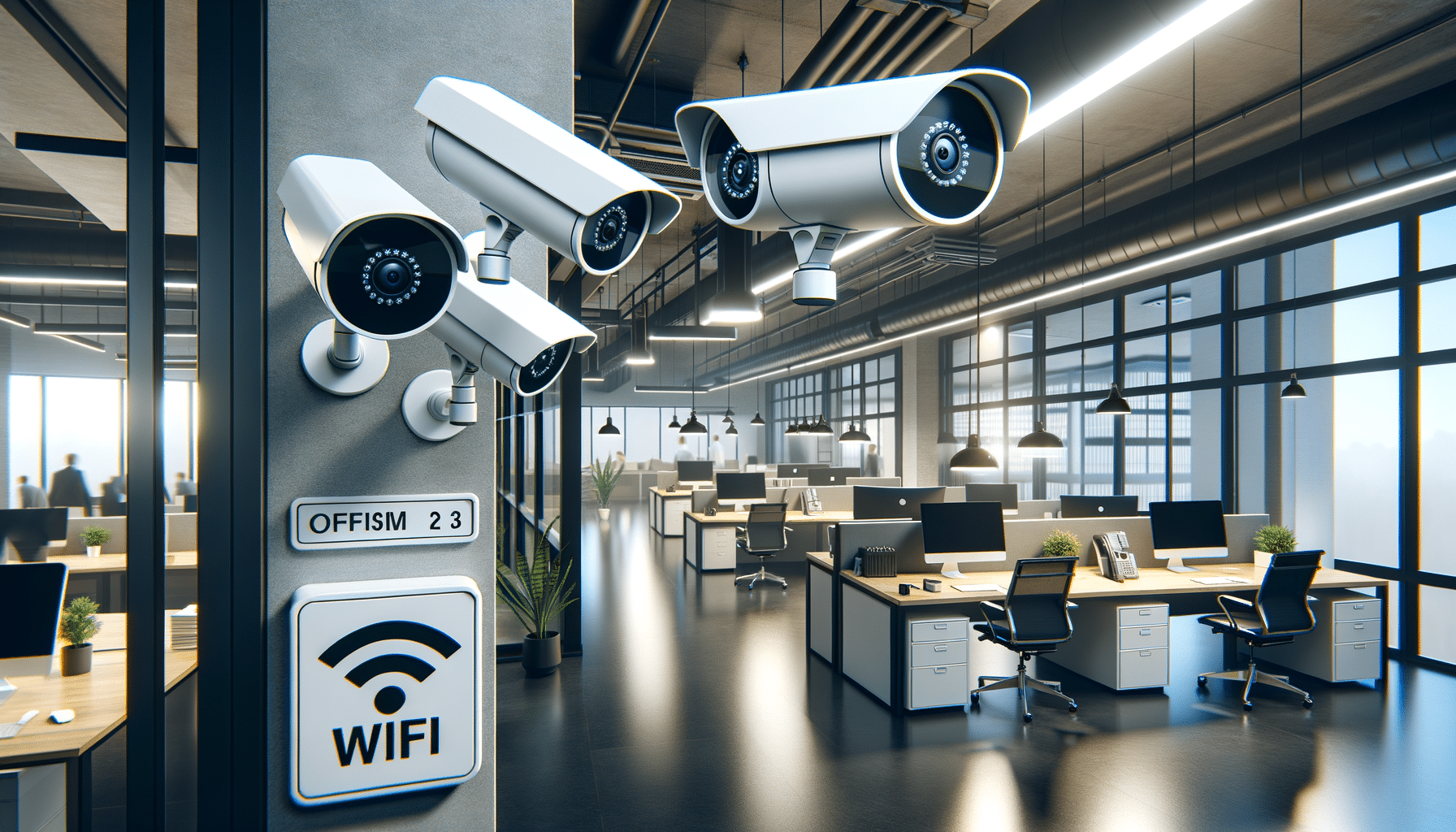
Enhancing Office Security with Advanced WiFi Surveillance Cameras
Introduction to Security & Surveillance Cameras
In today’s world, security and surveillance cameras have become an integral part of ensuring safety and peace of mind in both residential and commercial spaces. These devices serve as vigilant guardians, constantly monitoring activities and deterring potential threats. With technological advancements, the capabilities of surveillance cameras have expanded significantly, making them more intelligent and efficient. This article delves into the various aspects of security and surveillance cameras, highlighting their importance, features, and benefits.
The Evolution of Surveillance Technology
Surveillance technology has undergone a remarkable transformation over the years. From the early days of analog cameras to the sophisticated digital systems we have today, the evolution has been driven by the need for better clarity, reliability, and accessibility. Modern surveillance systems are equipped with high-definition cameras that capture clear images and videos, even in low-light conditions. The integration of artificial intelligence has further enhanced their capabilities, allowing for features such as facial recognition, motion detection, and real-time alerts.
One of the most significant advancements in surveillance technology is the shift towards wireless systems. WiFi-enabled cameras have revolutionized the way surveillance is conducted, offering flexibility and ease of installation. These cameras can be placed virtually anywhere within the range of a WiFi network, providing comprehensive coverage of the premises. The ability to access live feeds remotely via smartphones or computers adds an extra layer of convenience and control for users.
Key Features of Modern Surveillance Cameras
Modern surveillance cameras come with a plethora of features designed to enhance security and provide valuable insights. Some of the key features include:
- High-Resolution Imaging: Offers clear and detailed images, crucial for identifying individuals and incidents.
- Night Vision: Ensures visibility in low-light or no-light conditions, maintaining security 24/7.
- Motion Detection: Alerts users to any movement within the camera’s field of view, reducing the need for constant monitoring.
- Remote Access: Allows users to view live feeds and recordings from anywhere in the world using internet-connected devices.
- Cloud Storage: Provides secure and scalable options for storing video footage, eliminating the risk of data loss due to hardware failure.
These features not only enhance security but also contribute to operational efficiency by providing actionable insights into daily activities and potential security breaches.
Benefits of Implementing Surveillance Systems
Implementing a surveillance system in an office or commercial space offers numerous benefits. Firstly, it acts as a powerful deterrent against theft, vandalism, and other criminal activities. The mere presence of cameras can discourage potential offenders from targeting a property. Secondly, surveillance systems provide valuable evidence in the event of an incident, aiding law enforcement in investigations and facilitating insurance claims.
Moreover, surveillance cameras contribute to a safer working environment by monitoring employee activities and ensuring compliance with safety protocols. They can also be used to enhance customer service by analyzing foot traffic patterns and optimizing store layouts. Additionally, advanced systems with AI capabilities can automate certain security tasks, reducing the need for manual intervention and allowing security personnel to focus on more critical issues.
Choosing the Right Surveillance System for Your Needs
Selecting the appropriate surveillance system depends on various factors, including the size of the area to be monitored, the level of security required, and budget constraints. It is essential to assess the specific needs of the premises and choose a system that aligns with those requirements. For instance, a small office may only need a few cameras with basic features, while a large commercial facility might require an extensive network of cameras with advanced capabilities.
Considerations such as installation ease, maintenance requirements, and scalability should also play a role in the decision-making process. Consulting with security experts can provide valuable insights and recommendations tailored to your specific situation. Ultimately, the right surveillance system will not only enhance security but also provide peace of mind and contribute to the overall success of the business.

